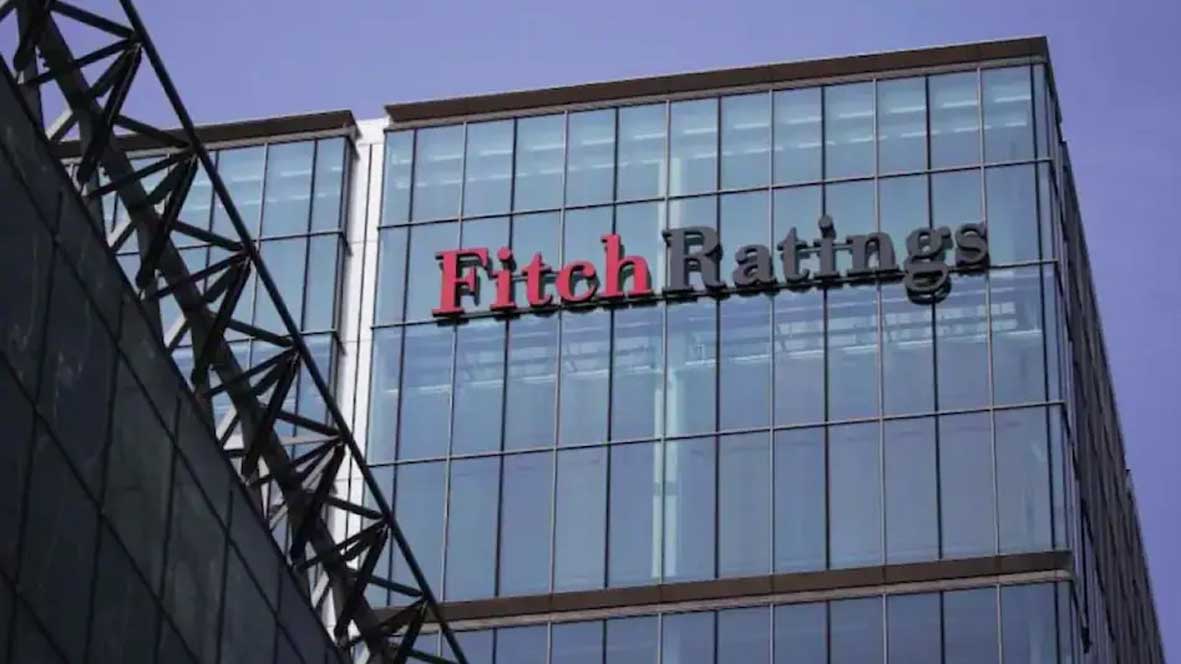NEW DELHI, May 27: Fitch Ratings on Monday said the record-high dividend transfer by the RBI to the government is equivalent to 0.6 per cent of GDP, and such high level of dividends as a percentage of GDP is unlikely to be maintained.
The board of India’s central bank last week decided to transfer a record Rs 2.1 lakh crore dividend to the government out of the profits earned in fiscal 2023-24. This is more than double of Rs 1.02 lakh crore that was budgeted by the government.
Fitch said an important driver of higher RBI profits appears to be higher interest revenue on foreign assets, though the central bank has not yet provided a detailed breakdown.
”The RBI recently announced a record-high dividend transfer to the government equivalent to 0.6 per cent of GDP (Rs 2.1 trillion) from its operations in FY24. This is above the 0.3 per cent of GDP expected in the FY25 budget from February, so will aid the authorities in meeting near-term deficit reduction goals,” the rating agency said in a statement.
Fitch said transfers from the Reserve Bank of India to the government can be significant at the margin for fiscal performance but depend on various factors, including the size and performance of assets held on the central bank’s balance sheet and India’s exchange rate.
Transfers may also be influenced by the RBI’s views on what level of a buffer is appropriate to be maintained in balance sheet, it said.
”The potential volatility of transfers means there is significant uncertainty about their medium-term path, and we do not anticipate that dividends as a share of GDP will be sustained at such a high level,” Fitch said.
However, such windfall dividend transfer should help to ensure the 5.1 per cent of GDP deficit target for the fiscal year ending March 2025 (FY25) will be met and could be used to lower the deficit beyond the current target.
The new government’s budget, following the release of election results in June, is likely to be presented in July and will determine how the dividend will be used.
The government has signalled it aims to narrow the deficit gradually to 4.5 per cent of GDP by FY26.
Sustained deficit reduction, particularly if underpinned by durable revenue-raising reforms, would be positive for India’s sovereign rating fundamentals over the medium term, Fitch said.
In its post-election budget, the new government will have two alternatives. First, the government could opt to keep the current deficit target for FY25, and the windfall could allow the authorities to further boost spending on infrastructure, or to offset upside spending surprises or lower-than-budgeted revenue, for example from divestment.
Alternatively, all or part of the windfall could be saved, pushing the deficit to below 5.1 per cent of GDP.
”The government’s choice could give greater clarity around its medium-term fiscal priorities,” Fitch said. (PTI)
Trending Now
E-Paper


